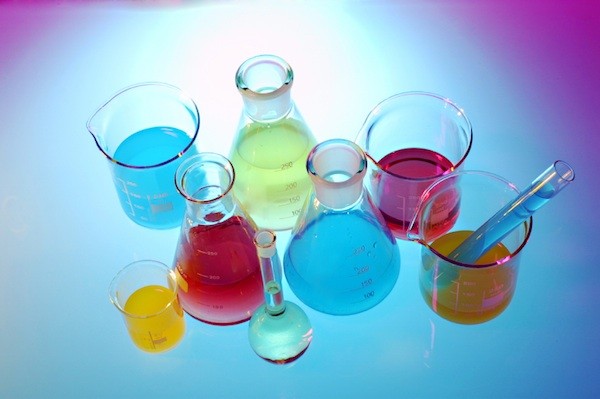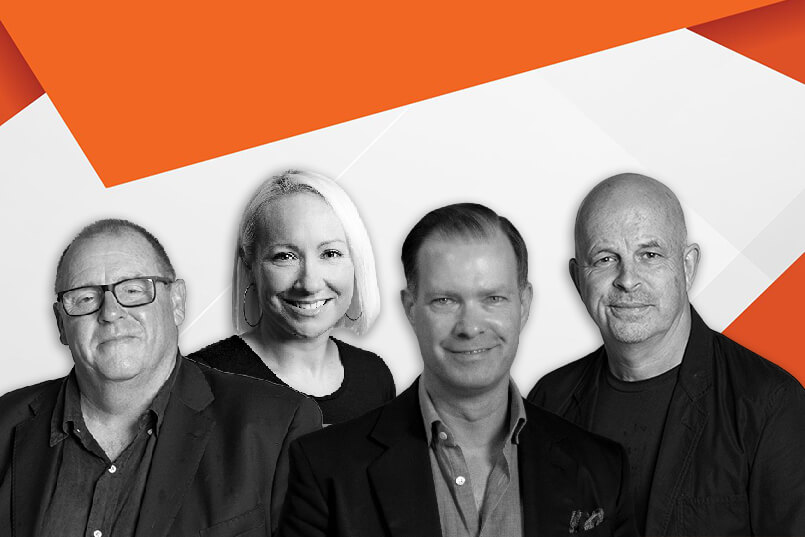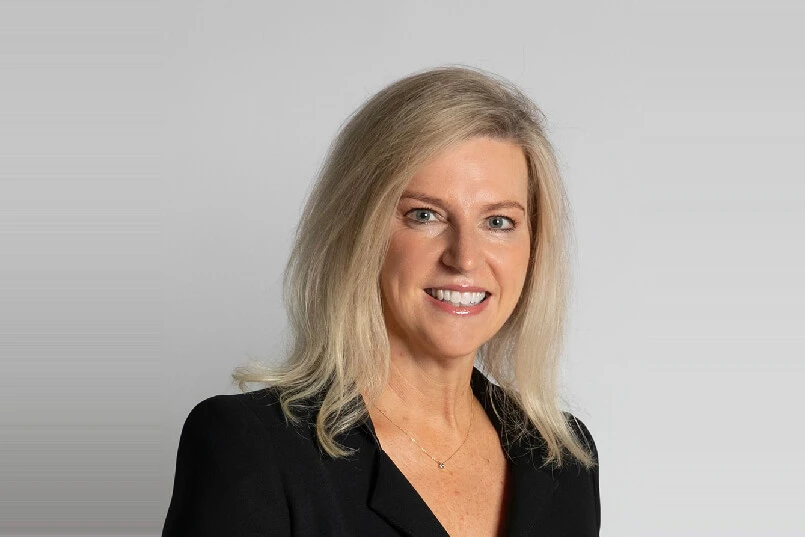When considering selecting or evaluating a creative supplier, be it a media agency, digital agency, advertising agency or any one of a number of creative suppliers on your roster, I find it valuable to classify the selection or evaluation criteria by the 4Cs.
- Capabilities
- Chemistry
- Creativity
- Commercials
By starting with the 4Cs you will ensure you undertake a full and robust evaluation of an agency and their ability to fulfil your requirements.
Capabilities Assessment
Assessing capabilities comes down to ensuring an agency has the right people, with the right experience and a proven and tested methodology. While many feel it is necessary to make an agency undertake a mock or dummy run at proving their abilities, it is much more efficient and effective to assess the agency based on their recent track record with their existing client base.
This can be achieved through:
- Detailed case studies and examples – not just reading the case studies but quizzing the agency in regards to lessons learned, issues they encountered and results. You can quickly get a sense of what is true and what is fluff. Also ask to meet the team who worked on the account for these discussions to make sure they are still with the agency.
- Contacting and discussing the agency’s work with their existing clients – It is amazing how marketers are happy to talk about their agency both the good and the bad. Simply respect their time and ask sensible and probing questions and they can give you a very good insider’s view of the agency’s capabilities. (Even if the agency is your incumbent, it is worth calling their other clients to discuss what their experience is like)
- Profiling the key staff in their agency for skills and expertise – Of course you can ask the agency for the resumes of their staff, but it is just as valuable to go online and check out their online profile such as doing a Google search of their name, check out their profiles on LinkedIn and the like. Amazing what a bit of research can reveal about the skills and expertise of the key agency staff.
- Reviewing their methodology against a real life example – Unless you are a Six Sigma Black Belt there is nothing more boring than reviewing a process map or chart. But it can be quite illuminating having the agency present a case study of a recent project against their ‘proprietary’ methodology. This is particularly fun when dealing with media agencies.
Chemistry Alignment
While many feel that chemistry is intangible, it is incredibly powerful and important in defining the relationship. But too many leave measuring the alignment to chemistry to chance. It is not just enough to get together and see if you ‘click’ or ‘gel’ as some would have you believe. This is the first opportunity to take the agency out for a test drive, even if it is only around the dealer’s car park and not on to the open road, where you could really put the agency through their paces.
We have held many types of chemistry session with many formats including:
- Speed dating – where the marketing team meet with each agency for 15 minutes and put five questions from a panel of 20 prepared questions to the agency to see how they think on their feet.
- 90 minute intensive Q&A sessions – where each agency presents case studies and are quizzed on the insights, results and lessons of each to test the agency’s understanding and commitment to their work.
- And one hour sessions – where the agency starts by presenting “why choose us” and then this leads to a 30-minute discussion on the agency’s strengths and weaknesses.
Each session is designed to stress test the chemistry between the agency and the marketing team to really see how aligned they are on values, culture, communication styles, outlooks and personality. It doesn’t matter if it is 15 minutes or 90 minutes, at the end of the session the marketing team have a very good understanding and appreciation for which agencies are most aligned to them.
Creative Access
When I say creative I mean strategy and creative thinking, along with innovation and problem solving. Beyond their expertise, experience and capabilities to produce work, this is really at the core of the reason for choosing an agency. It is the difference between a co-creation relationship and simply a supplier of advertising services.
I have always found it ironic that the traditional approach is to give the agency a brief and send them off on their own to ‘solve’ it and then choose the one that is lucky enough to come up with the idea you love. Don’t get me wrong. Output is important. But don’t you really want to have an agency relationship based on co-creation? Who knows your brand better then you? And don’t you want to work with an agency that enhances your understanding of how to attract and engage your audience?
This is why we DO NOT recommend speculative creative work. Or speculative media strategy? Or speculative anything. Unless of course all you are buying is that particular outcome. But in most cases our clients are buying an on-going productive relationship where they plan to work with their agencies to solve a multitude of problems and take advantage of many more opportunities.
This is why we recommend the all day workshop approach. It is the ultimate test drive for both agency and marketer. You can take the agency on to the open road and open it up as fast and as hard as you are willing.
Marketers, who have worked with us, report that they have a much clearer and transparent view of the agency and how they will ultimately work together. And by including other key stakeholder and other agency roster partners in the workshop process you can determine how they will fit into your business and your existing roster of agencies.
Commercial Arrangements
Last, but not least, are the commercial arrangements, including agency remuneration and contractual arrangements. In fact, in a pitch situation this process usually commences between Chemistry and Creative. It means that once the marketing team has shortlisted the number of agencies to no more than three following the Chemistry process, they are now committed to working with them through the workshops.
If you are evaluating the agency, then it is important to review not just the level of remuneration but also the resource utilisation. How efficiently is the agency resource being used against the quantity and complexity of the outputs they are producing?
In reviewing and benchmarking agency remuneration we look at:
- Agency resource levels against scope of work delivered
- Agency resource mix by function
- Agency resource mix within each function
- Agency resources costs (salaries)
- Agency remuneration fundamentals including billable hours, overhead and profit multiples
- Non-retained rates
- Production costs on projects
- Overall agency profitability on the account
This provides a very clear and transparent view of the impact the remuneration model has on the scope of work delivery, the marketing budget and the agency resources provided. From this we are able to determine the areas of opportunity for greater efficiencies through process improvements, incentives and bonuses and resource allocations.
So there you have it. If you are reviewing your agency by going to market or undertaking a review of your current agency arrangements – think the 4Cs – capabilities, chemistry creativity and commercial arrangements.
Is there anything I have overlooked? Let me know by leaving a comment here.




